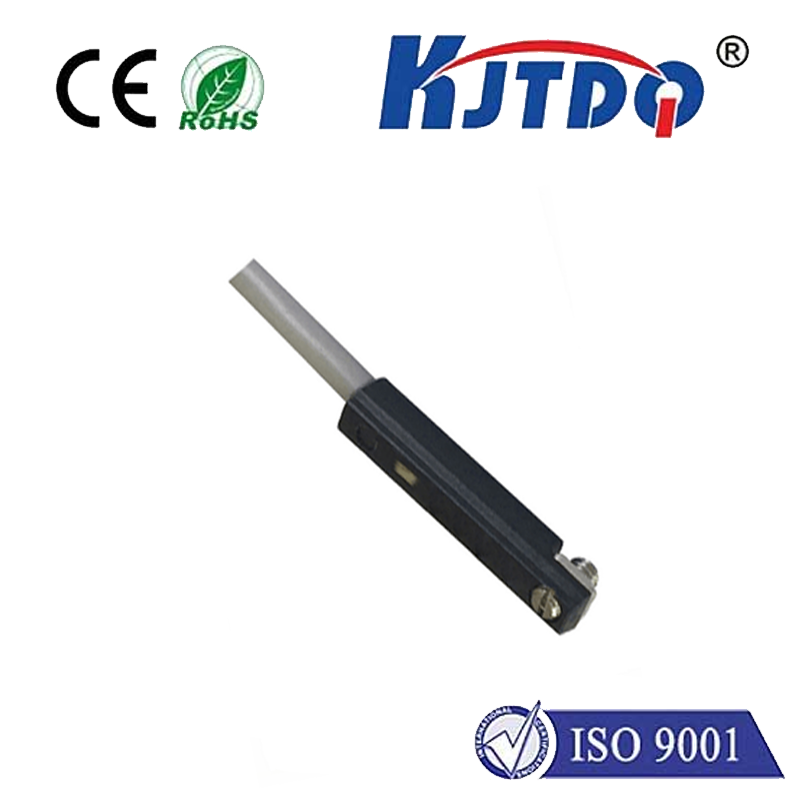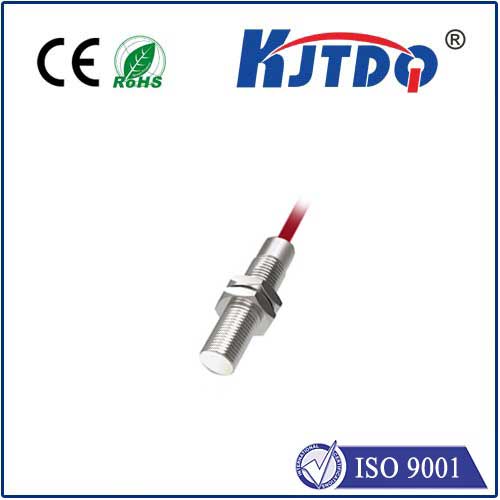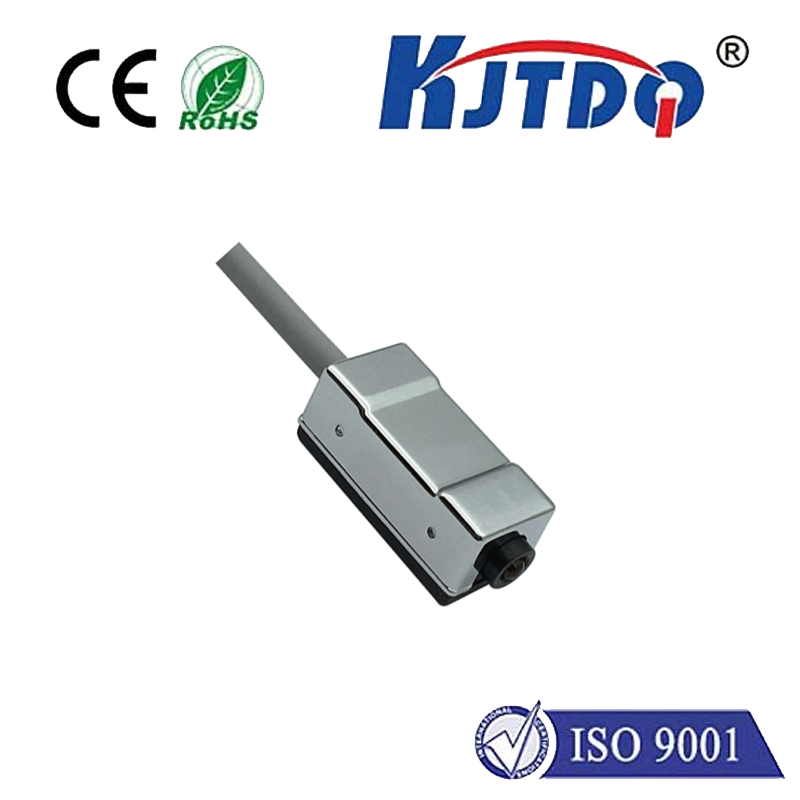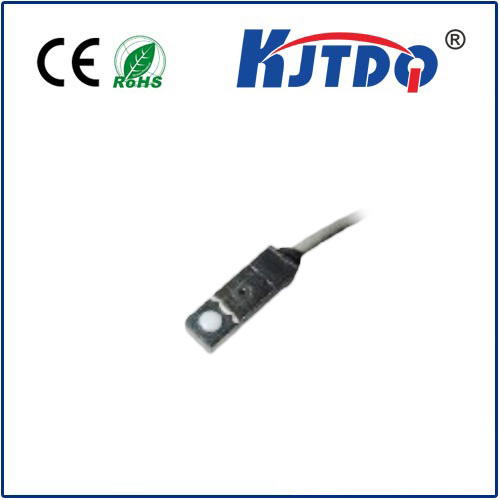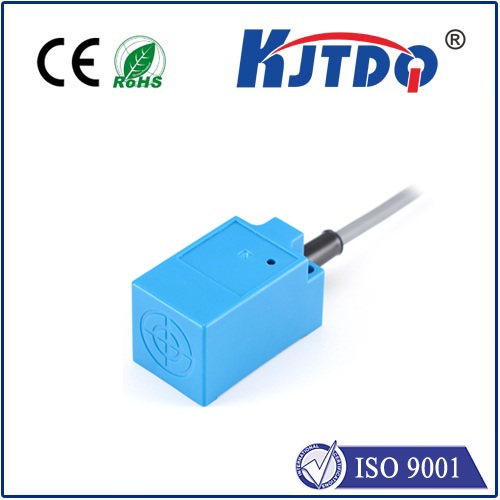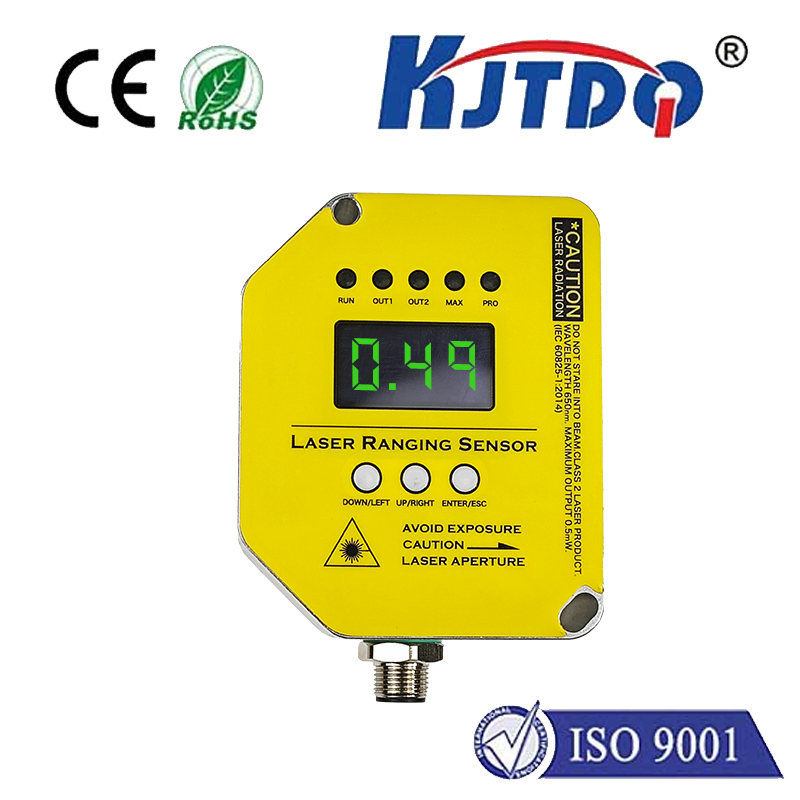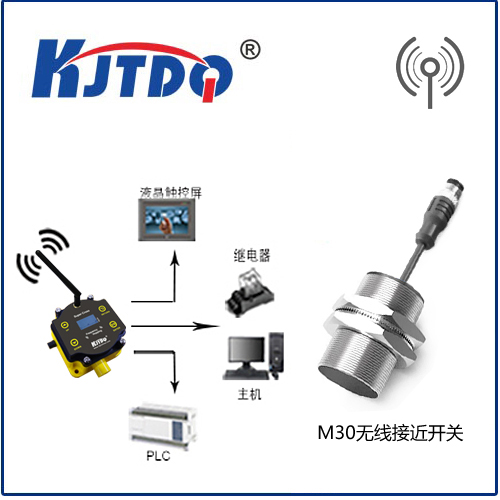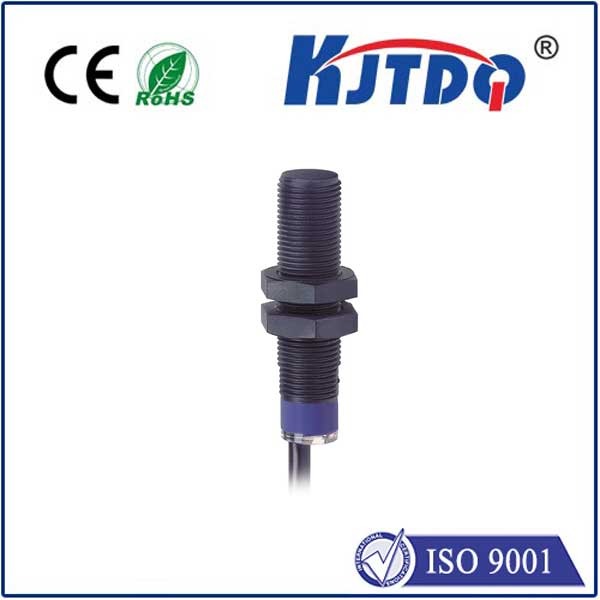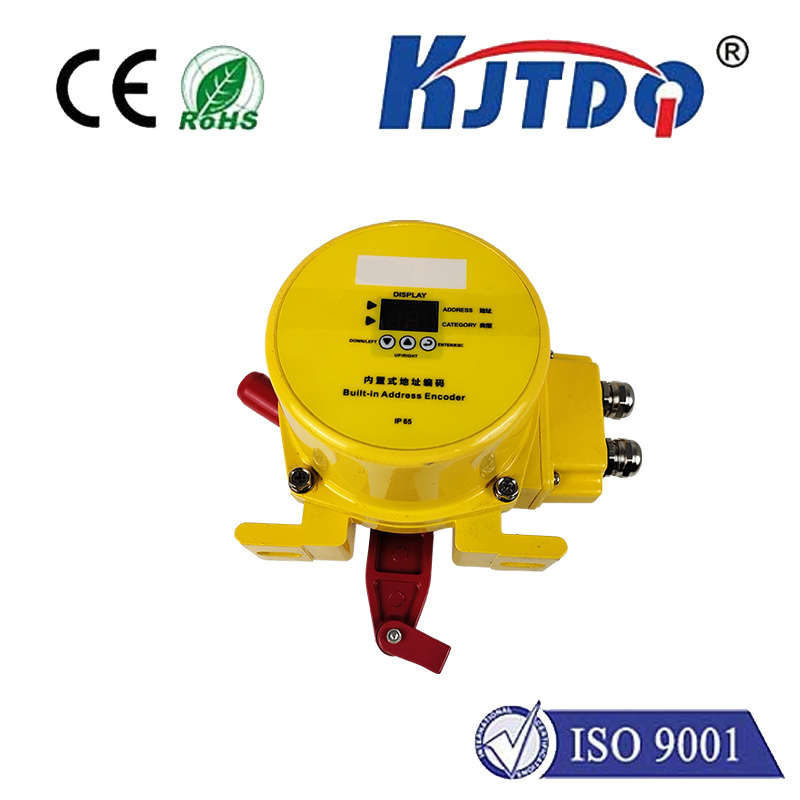

check

check

check

check

check

check

check

check

check

check
Limit Switches and Microswitches: A Comprehensive Guide
Introduction
Limit switches and microswitches are essential components in various industries, including manufacturing, construction, and automation. They play a crucial role in ensuring the safety and efficiency of machinery and equipment. This article aims to provide a comprehensive guide on limit switches and microswitches, explaining their functions, types, applications, and benefits.
Functions of Limit Switches and Microswitches
Limit switches and microswitches are electronic devices that detect the presence or absence of an object within a specific range. They are used to control the movement of machinery, such as conveyor belts, elevators, and robotic arms. When an object reaches a certain point, the limit switch or microswitch sends a signal to the control system, which then stops or reverses the motion of the machinery.
Types of Limit Switches and Microswitches
There are several types of limit switches and microswitches available, each with its unique features and advantages. The most common types include:
1. Mechanical limit switches: These switches use physical contact between the actuator and the target object to detect its position. They are reliable and durable but may require regular maintenance.
2. Magnetic proximity sensors: These sensors use magnetic fields to detect the presence of metal objects without physical contact. They offer high accuracy and durability but may be affected by external magnetic fields.
3. Inductive proximity sensors: These sensors use electromagnetic fields to detect the presence of metal objects without physical contact. They offer high sensitivity and fast response times but may be affected by environmental factors such as temperature and humidity.
Applications of Limit Switches and Microswitches
Limit switches and microswitches have numerous applications in various industries, including:
1. Manufacturing: In assembly lines and packaging machines, limit switches and microswitches are used to control the movement of conveyor belts and robotic arms.
2. Construction: In elevators and escalators, limit switches and microswitches are used to ensure safe operation and prevent accidents.
3. Automation: In automated storage and retrieval systems, limit switches and microswitches are used to monitor the positions of shelves and containers.
Benefits of Using Limit Switches and Microswitches
Using limit switches and microswitches offers several benefits, including:
1. Improved safety: By detecting the presence or absence of objects, limit switches and microswitches can prevent accidents and injuries caused by machinery malfunctions.
2. Increased efficiency: Limit switches and microswitches can improve the productivity of machinery by ensuring accurate and consistent movements.
3. Cost savings: By reducing the need for manual monitoring and intervention, limit switches and microswitches can lower labor costs and increase profitability.
Conclusion
Limit switches and microswitches are essential components in various industries, providing safety, efficiency, and cost savings. By understanding their functions, types, applications, and benefits, businesses can make informed decisions when selecting and implementing these devices in their operations.
